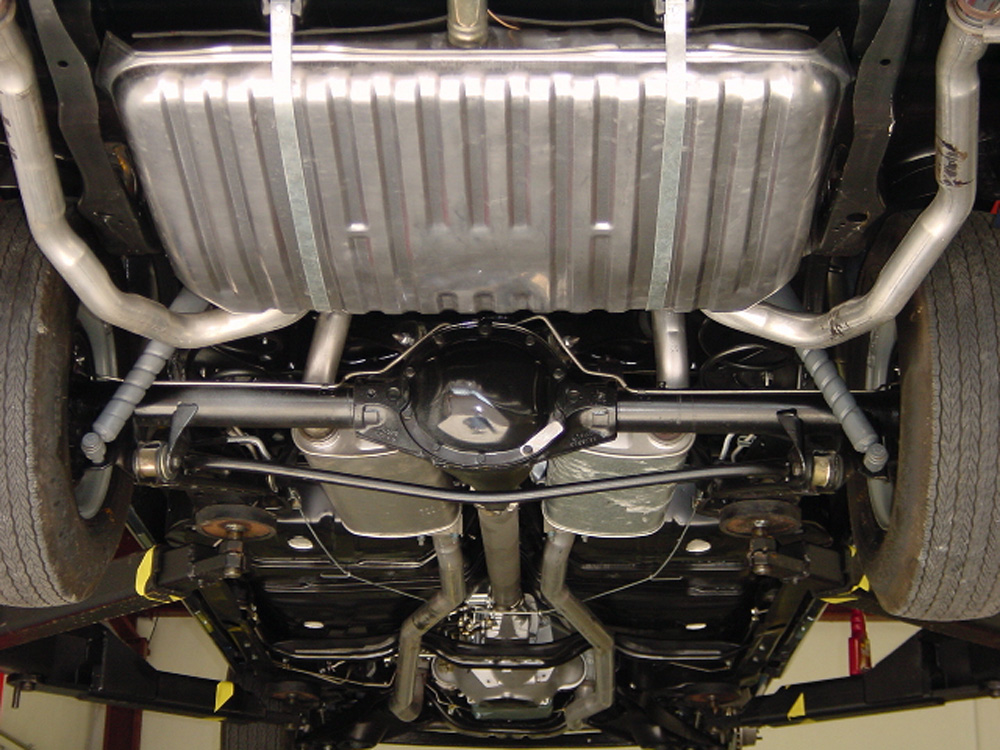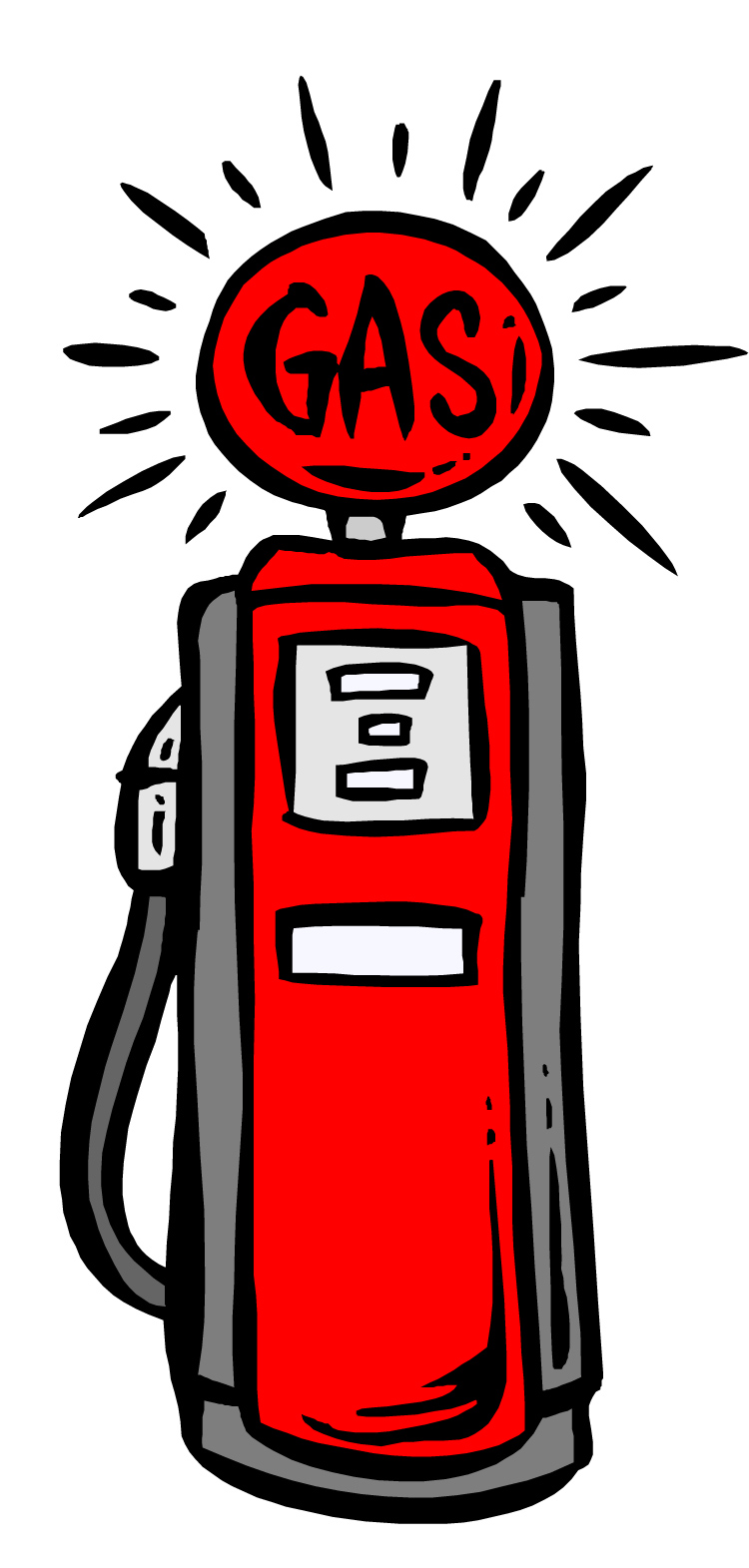Beware! Bees In Car Gas Tank TikTok: Causes, Risks & Fixes
Ever stopped to consider the bizarre possibilities that lurk around your everyday gas tank? It's not just fuel you need to worry about; a swarm of bees could turn your ride into a buzzing nightmare. The question isnt just whimsicalit directly impacts vehicle maintenance and safety.
The issue of bees infiltrating car gas tanks is more common than many car owners realize. These insects, often lured by the volatile organic compounds in gasoline, can inadvertently find their way into fuel systems. Once inside, the consequences range from minor inconveniences to significant mechanical problems. Bees can become trapped, leading to their demise and subsequent accumulation within the tank. This buildup of dead bees and hive debris poses a serious risk of clogging the fuel system, which in turn can cause a vehicle to run erratically or even stall altogether.
Beyond the mechanical risks, there's also the very real danger of stings for anyone attempting to resolve the situation. Removing a bee infestation from a gas tank can be a precarious task, especially for individuals with allergies. The potential for a painful, even life-threatening, allergic reaction adds another layer of complexity to this already peculiar automotive problem.
- Explore Lisa Worthington Larsson Art Science Innovation Today
- Breaking Is Ari Melber Leaving Msnbc Whats Next
| Topic: | Bees in Car Gas Tank |
|---|---|
| Attraction: | Bees are drawn to gasoline due to its chemical scent. |
| Risks: | Clogging of fuel system, engine malfunction, potential bee stings. |
| Prevention: | Ensure gas cap is tightly sealed, avoid parking near bee habitats. |
| Removal Methods: | Vacuuming, cautious use of gasoline as a repellent. |
| Repair Implications: | Fuel filter replacement, fuel pump repair, fuel line inspection. |
| Related TikTok Trend: | TikTok Discussions (Note: Replace with specific relevant TikTok content if available) |
Bees in car gas tanks present a genuine issue capable of inflicting considerable damage to vehicles. Here are vital aspects to consider in handling such situations.
- Prevention: The cornerstone of managing this issue involves proactive measures. Keeping your gas cap securely fastened is paramount, alongside avoiding parking in areas known for high bee activity.
- Identification: Early detection is key. If you suspect bee infiltration, be vigilant for telltale signs like buzzing sounds emanating from the tank or visible swarming around the gas cap.
- Removal: If bees are confirmed within the tank, swift removal is essential. Options include employing a vacuum cleaner to extract them or, with extreme caution, using a small amount of gasoline as a repellent.
- Repair: Post-removal, a thorough inspection for any bee-induced damage to the fuel system is crucial. Addressing these damages promptly can prevent long-term mechanical issues.
- Prevention: Reinforcing preventive habits, such as regularly checking the gas cap's seal and parking locations, helps minimize future incidents.
Following these guidelines provides a robust strategy for protecting your vehicle from bee-related problems.
Prevention stands as the most effective approach to dealing with bees in car gas tanks. A tightly sealed gas cap acts as the first line of defense, physically barring bees from entry. Complementing this, mindful parking choicesavoiding gardens, parks, and fieldscan substantially lower the chances of bees becoming attracted to your vehicle.
- Unveiling Becca And Bethany Onlyfans Is It Worth It Year
- Vegamovies 4kcom Is It Really Free Movies Tv Shows Guide
The importance of these preventative steps cannot be overstated. Gasoline's distinct aroma acts as a powerful lure for bees. Once inside the tank, bees risk getting trapped and can severely compromise the fuel system's integrity, leading to poor performance or even complete engine stall. In more severe cases, damage can extend to the fuel pump and other vital components, translating into significant repair expenses.
Linking prevention with the wider context of "bees in car gas tank tiktok" reveals the practical application of simple measures in avoiding complex issues. Regularly ensuring the gas cap is secure and carefully selecting parking spots can substantially enhance the safety and operational lifespan of your car.
Identifying a bee infestation in a car's gas tank necessitates quick and precise action to prevent escalating issues. Upon entering, bees often display clear indicators, alerting you to their presence. A comprehensive understanding of these signs is essential for safeguarding your vehicle and maintaining its safety.
- Buzzing Sounds: The characteristic buzzing sound of bees is a key indicator. If you detect buzzing near the gas tank, particularly when the car is idle or parked, it may signify bees inside the tank.
- Swarming Around the Gas Cap: Bees tend to gather around the gas cap when they've gained access. Observing a cluster of bees hovering near this area is a telltale sign of potential entry.
- Unusual Behavior Near the Vehicle: Bees may exhibit erratic behavior around your car if they've entered the tank. This can include flying aimlessly, attempting to enter small openings, or generally appearing disoriented near the vehicle.
- Fuel System Issues: If bees have managed to clog the fuel system, you might experience issues starting or running your car. The engine could stall or hesitate, suggesting a blockage in the fuel flow.
Recognizing these signs of bee activity near your gas tank is essential for prompt response and damage prevention. By staying vigilant and acting swiftly, you can effectively manage the situation and ensure your vehicle's continued safety and proper functioning.
The removal of bees from a car gas tank is a critical step in resolving the "bees in car gas tank tiktok" scenario. Bees inside the gas tank can cause significant problems, including fuel system blockage and potential engine damage. Therefore, timely and effective removal is imperative to avoid these adverse effects.
The recommended methods for removalusing a vacuum cleaner or cautiously applying a small amount of gasolineoffer viable solutions. Vacuum cleaners provide a means of extracting bees and debris without direct contact, while gasoline can act as a repellent, encouraging the bees to exit the tank. Its essential to exercise extreme caution when using gasoline, ensuring adequate ventilation and adhering to safety protocols to mitigate fire risks.
Linking the act of removal with "bees in car gas tank tiktok" underscores the necessity of immediate action. Successfully removing bees from the gas tank protects the vehicle's performance and prevents potential hazards. The ability to respond quickly and effectively is crucial for maintaining the vehicle's safe and reliable operation.
Understanding the link between "Repair: Once the bees have been removed, you may need to repair any damage that they caused to your fuel system." and the broader context of "bees in car gas tank tiktok" is vital for ensuring a vehicle's safety and optimal performance. The presence of bees in the gas tank can lead to a range of damages requiring careful repair to restore the vehicle to its proper condition and prevent future complications.
- Clogged Fuel Filter: Bees and associated debris are prime culprits for fuel filter clogs, hindering fuel flow to the engine. This can result in stalling, reduced engine power, and difficulties in starting the vehicle. Addressing this issue necessitates replacing the clogged fuel filter.
- Damaged Fuel Pump: In severe instances, bee infestations can lead to damage to the fuel pump, which is vital for supplying fuel to the engine. A compromised fuel pump can cause starting failures or diminished fuel pressure, directly impacting the vehicle's overall performance.
- Corroded Fuel Lines: Bee waste and general bee activity can contribute to corrosion in fuel lines, weakening their structural integrity and increasing the risk of fuel leaks. Replacement of corroded fuel lines is essential to prevent fuel leakage and mitigate potential fire risks.
- Damaged Fuel Injectors: Bees and their detritus can clog or otherwise damage fuel injectors, affecting the precision of fuel delivery into the engine cylinders. This can lead to engine misfires, rough idling, and a decline in fuel efficiency.
Recognizing the potential for damage caused by bees within the gas tank highlights the importance of not only prompt removal but also thorough inspection and repair of any affected components. Ignoring these repairs can lead to more extensive and costly damage down the line.
Prevention is the most effective strategy for mitigating the risks associated with bees entering a cars gas tank. Connecting "Prevention: The best way to prevent bees from getting into your gas tank is to keep your gas cap tightly closed and to avoid parking in areas where bees are active" with "bees in car gas tank tiktok" emphasizes the importance of proactive measures.
- Gas Cap Integrity:
A tightly sealed gas cap serves as a critical barrier, preventing bees from accessing the gas tank. Loose or damaged gas caps provide an easy entry point, potentially leading to fuel system blockages and engine problems. Regular inspection and maintenance of the gas cap are essential. - Parking Considerations:
Avoiding parking in areas known for bee activity, such as near gardens, fields, or parks, significantly reduces the likelihood of bees being attracted to the vehicle and attempting to enter the gas tank.
The implementation of these preventative measures safeguards the vehicle from potential damage and contributes significantly to overall road safety. A properly maintained fuel system ensures optimal engine performance, minimizes the risk of breakdowns, and helps prevent hazardous situations on the road.
This section addresses common concerns and clarifies frequent misconceptions regarding the issue of bees in car gas tanks.
Question 1: What are the specific damages that bees can inflict once inside a car gas tank?
Answer: Once inside, bees pose a multi-faceted threat. They can clog the fuel filter, leading to engine stalls and reduced power, and their presence can also damage the fuel pump, disrupting fuel delivery. Furthermore, bees can contribute to corrosion within fuel lines, increasing the risk of leaks and potential fire hazards.
Question 2: Besides keeping the gas cap closed, what other steps can I take to prevent bee entry?
Answer: In addition to ensuring the gas cap is tightly sealed, consider the location where you park your vehicle. Avoiding areas known for significant bee activity, such as gardens and fields, can help reduce the likelihood of bees being attracted to your car. Regular checks around the gas cap for signs of bee activity can also provide early warning.
These FAQs and corresponding preventative measures help vehicle owners protect their cars from the adverse effects of bee infestations, ensuring both vehicle longevity and road safety.
- Unveiling Vega Movies 4k The Future Of Home Cinema Review
- Breaking Whats Behind The Britney Rodriguez Leaks Scandal A Deep Dive

How To Siphon Gas Out Of A Newer Car

3 Essentiall Things You Need To Know About Gas Tank In Car CAR FROM JAPAN

Oil Well Clipart Cliparts.co